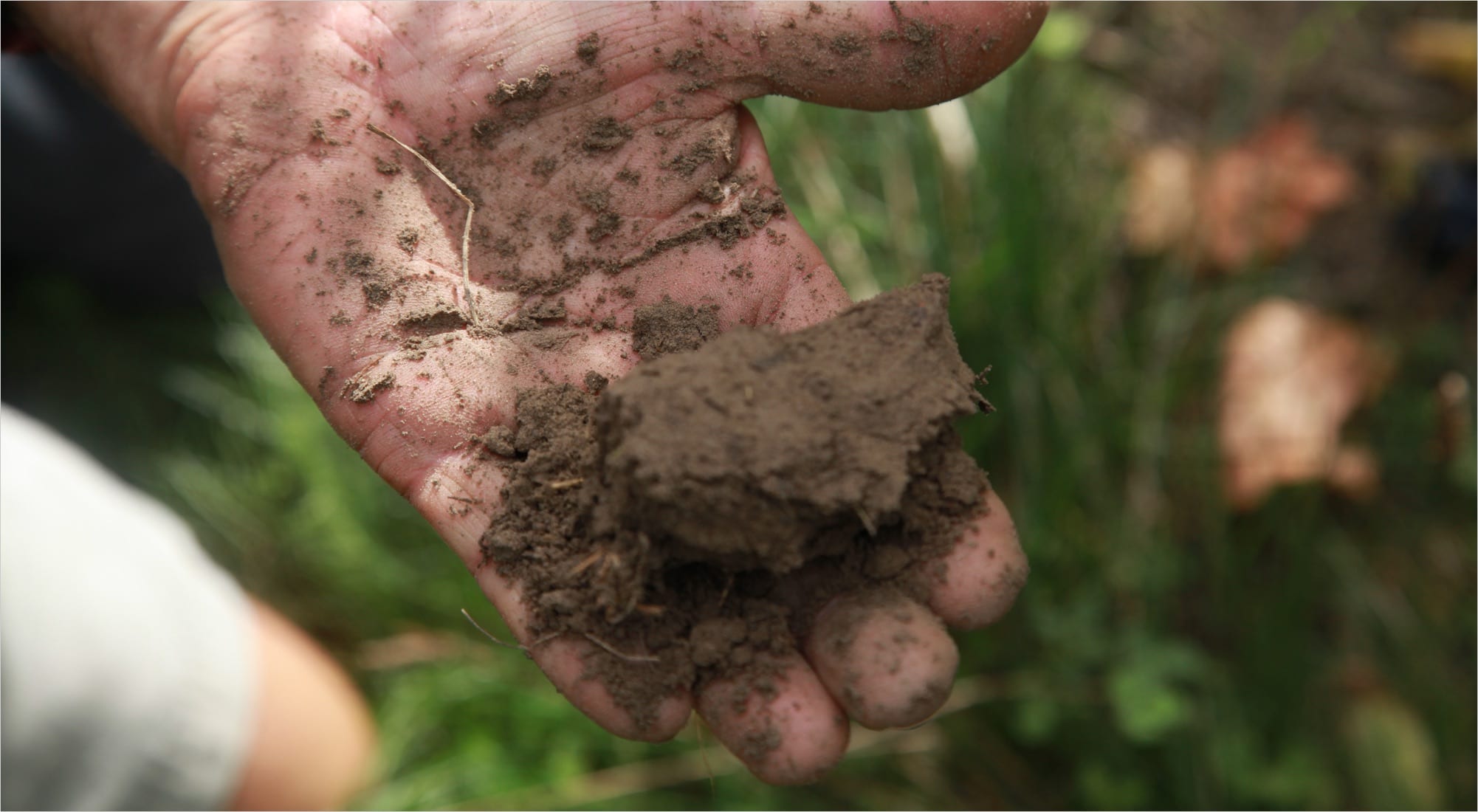Sarah Knight, University of Auckland, and Amber Parker, Lincoln University
Microbial communities are essential to produce quality agricultural products, with measurable effects on nutrient availability and plant disease resilience. Additionally, the wine industry is particularly dependent on microbial communities for fermentation, transforming grapes into wine, and their contribution to the quality and style of the wine produced. Given microbial communities respond to environmental changes such as temperature, could these vine and wine-associated microbial communities, and the wine styles they contribute to, be at risk of change in response to climate change?
Previous research supported by New Zealand Winegrowers and the Bragato Research Institute was the first internationally to demonstrate that regionally differentiated communities of yeast can contribute to regional distinctions in wine chemistry – a microbial aspect to terroir! This was first demonstrated in Sauvignon blanc, focusing on genetically distinct populations of Saccharomyces cerevisiae isolated from different winegrowing regions around New Zealand. Subsequent experiments expanded on these findings to include regional communities of yeast and tested mixed species ferments of Pinot noir, again demonstrating a clear link between the region the yeast communities were collected from and the chemistry of the wine.
Thus, microbial communities now have a place alongside traditional components of terroir (such as soil, topography, and climate), reiterating the importance of understanding microbial biodiversity and the implications these communities can have on the quality and style of wines. Wine is produced along a wide latitudinal range in New Zealand, spanning from approximately 34°S to 47°S. While generally considered a cool climate wine growing nation, there are significant temperature differences from north to south, resulting in distinct climate ranges in each region, although differences in each region’s proximity to the ocean and the diverse topography also play important roles in between – and within – region climate differences.
In the context of climate change, the mean annual temperature for New Zealand increased approximately 0.1°C per decade from 1941 to 2010. Given that New Zealand has experienced three of the four most substantial heatwaves on record in the past five seasons (2017/18, 2018/19 and 2021/22), wine production in a warming climate is now a reality. Modelling projections indicate that some growing regions may experience warmer conditions in the future, leading to potential changes in cultivar suitability and the balance of metabolites in grapes that are important for wine quality; however fine-scale climate variation will play an important role going forward given the diversity of mesoclimates in New Zealand.
While temperature is known to affect the composition and activity of microbial communities generally, the effects of sustained temperature increases, such as those predicted under various climate change models, on microbial communities of significance for wine styles are unknown. We predict that sustained increases in temperature will change the composition of microbial communities in New Zealand’s vineyards. These changes may alter microbial interactions with vine physiology and fermentation performance, and may vary between regions, ultimately affecting regional wine characteristics.
A combination of field and laboratory-based experiments will be devised to evaluate aspects of microbial community ecology and population biology to understand how temperature shapes microbial communities associated with vines and winemaking, and how these differences might affect wine chemical composition. Given the importance of fruit-derived yeast communities for fermentation, we aim to artificially heat the fruit zone of selected vines within commercially operating vineyards from véraison to harvest, to test if the sustained increase in temperature over this period results in a shift in microbial communities on the fruit. This will be done using an open-top heating system designed in Australia, where they were able to increase the maximum daytime temperature of the canopy and fruit zone between 2 and 4°C.

Individual vine frames designed to heat the fruit zone. Frames are placed on either side of the treated vine, sitting directly under the fruit zone and the sides are enclosed. Air below the frames is warmed by solar energy and channelled into the fruit zone, without interfering with UV light reaching the fruit. These were piloted over the 2022/23 season at Puriri Hills Vineyard in Auckland.
There are opportunities to complement this approach with lab-based growth chamber experiments where temperature can be more finely controlled. Vine phenological and fruit composition data will be collected alongside microbial samples to understand both the response of the vine to sustained increased temperatures, and any potential changes in microbial interactions. Finally, the consequences of any changes observed in wine attributes will be experimentally tested using controlled lab fermentations.
By understanding potential changes in microbial communities and plant phenotypes in response to climate change, the New Zealand wine industry will be better prepared to implement strategies to adapt to potential changes to their regional wine styles because of it. Thus, using these results, we aim to provide valuable information for growers and winemakers regarding the potential effects of climate change on vineyard ecosystems and the quality of the wine deriving from these changes.
About the project:
The project aims to shed an understanding of the delicate interactions between temperature changes, vine physiology, and microbial ecosystems. This project is funded by a PhD scholarship from the Bragato Research Institute and research funding from the University of Auckland and Lincoln University.

















